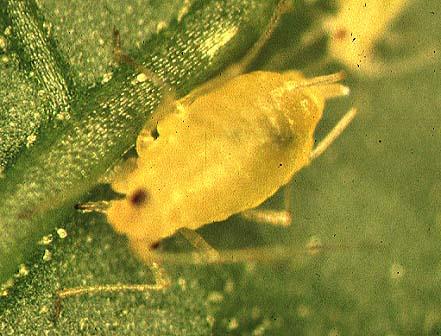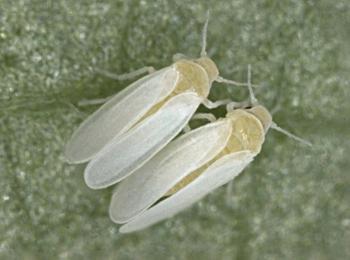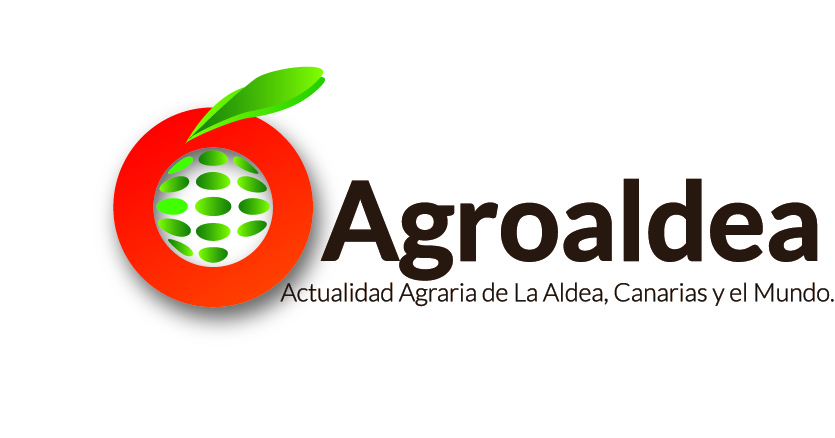THE FOUR TYPES OF INSECTS DEMONSTRATE THEIR KNOWLEDGE IN “ZONE ZERO”.
 The explosion of the whitefly plague in the municipality of La Aldea de San Nicolás, after the summer, took a dimension that to date was not known in the municipality. The first to sound the alarm were the technicians of the agricultural cooperatives who observed, stunned, the transformation into the "most harmful" plague of all who are remembered.
The explosion of the whitefly plague in the municipality of La Aldea de San Nicolás, after the summer, took a dimension that to date was not known in the municipality. The first to sound the alarm were the technicians of the agricultural cooperatives who observed, stunned, the transformation into the "most harmful" plague of all who are remembered.
Virulence reached such levels of development that it attacked tomato crops indistinctly, vegetables and even fruit trees. It was then that the City Council announced the creation of a Crisis Cabinet.
Technicians, on the other hand, created a Technical Commission in which professionals from the Government of the Canary Islands participate, Cabildo de Gran Canaria, Agricultural Cooperatives, of private companies such as Koppert and the mayor of Agriculture of the City Council of La Aldea de San Nicolás.
 After making a diagnosis and analyzing the possible causes of the dimensions of the pest attack, decided to get to work and created a pilot action program against whitefly.
After making a diagnosis and analyzing the possible causes of the dimensions of the pest attack, decided to get to work and created a pilot action program against whitefly.
As explained to Agroaldea by the Koppert Canarias technician, Rudy Llarena, the pilot program focused on what they called “ground zero”. This area is located on the left side of the La Aldea valley and is known as La Hoya.
The answer to why a higher incidence of the fly in this area is provided by Llarena by indicating that the air currents do not affect this part as it is not exposed to them., finding the fly the ideal place, to the souk, to reproduce.
The pilot program limited the area and established the number of farms that are located, both in production and abandoned. After locating them on the map, all possible information was obtained from each one of them..
The technicians divided the 57 plots and began to apply the protocol they designed in each and every one. Part of this protocol was financed by the Cabildo de Gran Canaria contributing 100.000 euros for predators and 60.000 euros for an algae-based product.
The action protocol framed in the pilot program includes a series of measures based on "cultural tasks" and prevention that any good farmer must apply., according to the technicians.
The main measures propose cleaning the surroundings of the greenhouses and taking care of the optimal state of the double access doors to the farms. Also, repairing broken mesh is essential and trying to change to thicker meshes to avoid infection.
Inside the greenhouse, the protocol indicates the placement of yellow adhesive plates, treat with common soaps twice a week in a coordinated way and plant the datura stramonium species or devil's seed on the edges.
Once these recommendations have been made, the protagonists of the fight against the fly begin to act. It is about the eretmocerus mundus and eremicus, the nesidiocoris and the ambliseius swirskii.
Twenty-seven million of these insects have managed to be the best allies of farmers and have put the whitefly in check. This is the result of the first round.
According to Llerena, now begins the real battle in which "we must not lower our guard" because that is when the fly reassembles itself and if we abandon or consider it "won", the consequences could be catastrophic.
For this reason, The last meeting of the Technical Commission asks the Administrations to continue providing the means to continue applying the pilot program. Another recommendation is the creation, by decree, of a biological arrest.
The technicians highlighted the excellent predisposition and collaboration of all the farmers in the area, who have perfectly understood the scope of the plague and apply the protocol with the utmost zeal.
The good results that are being obtained have led this program to be exported to the municipality of Guía de Isora in Tenerife, since the technicians of this locality have diagnosed a picture similar to that of La Aldea and they think that the application of this program can help to improve the situation.
